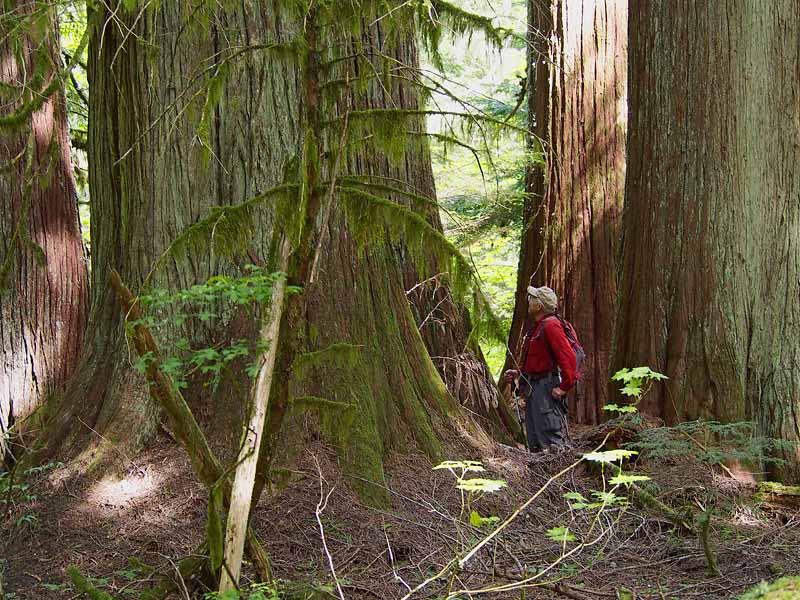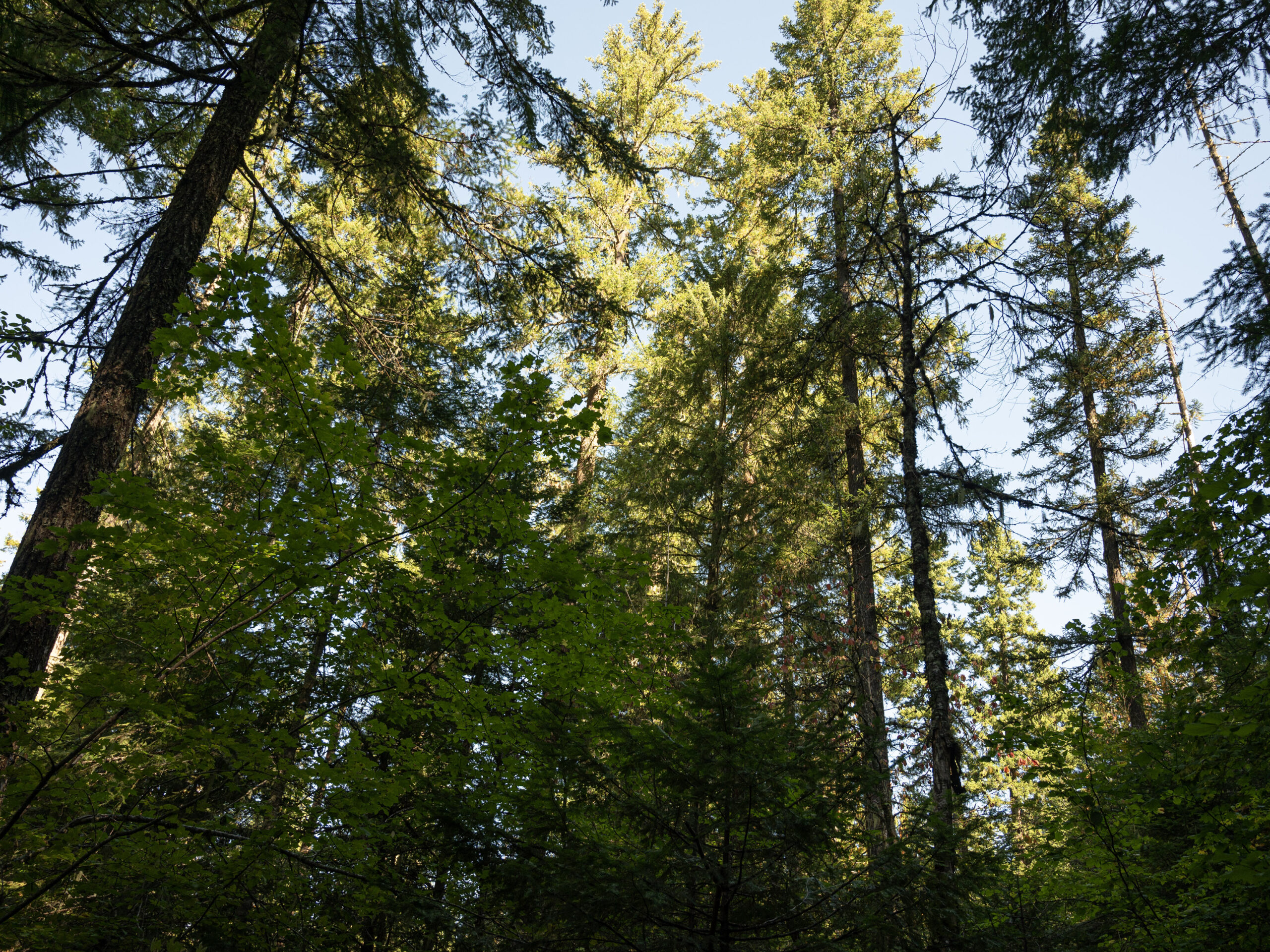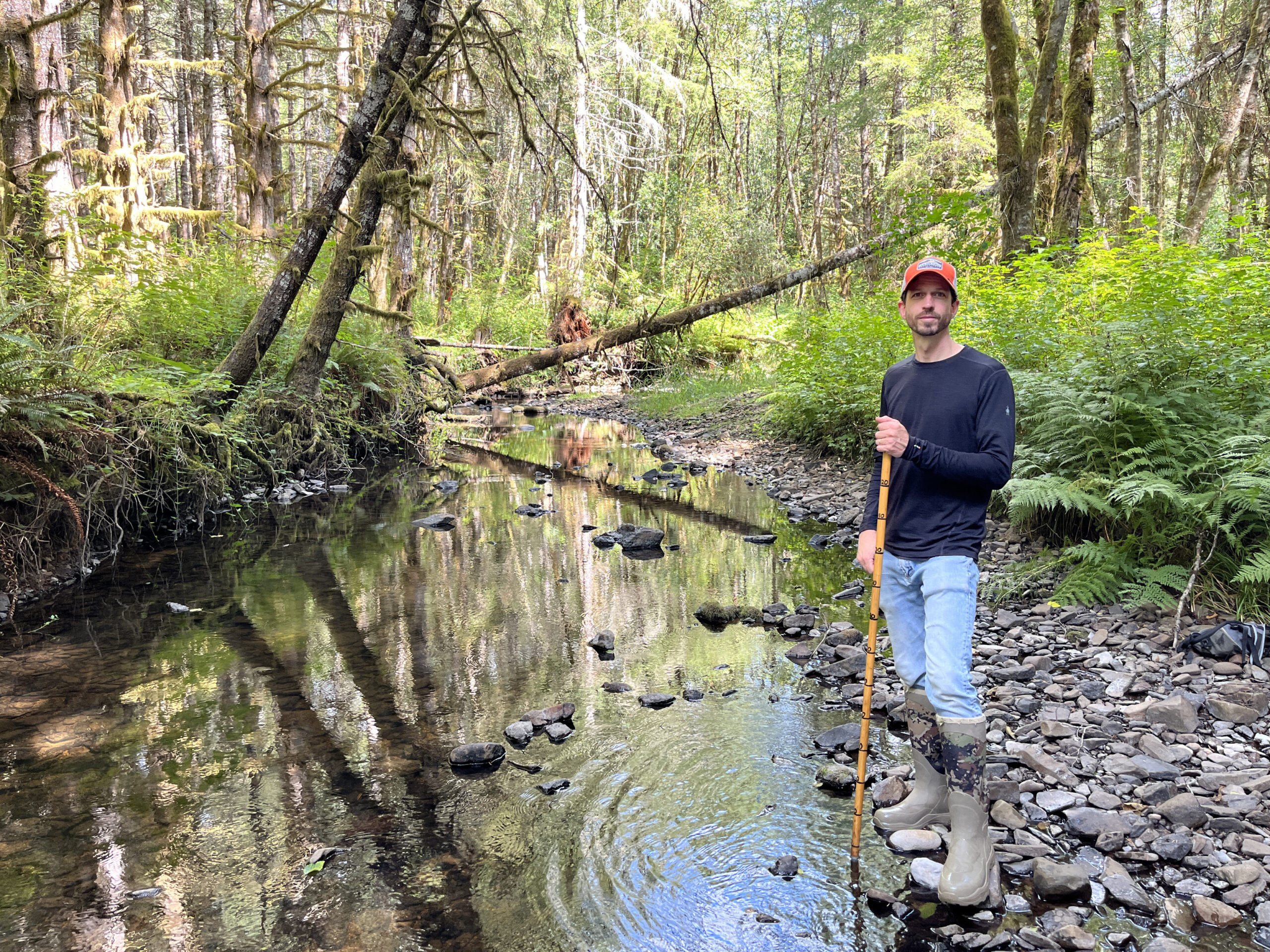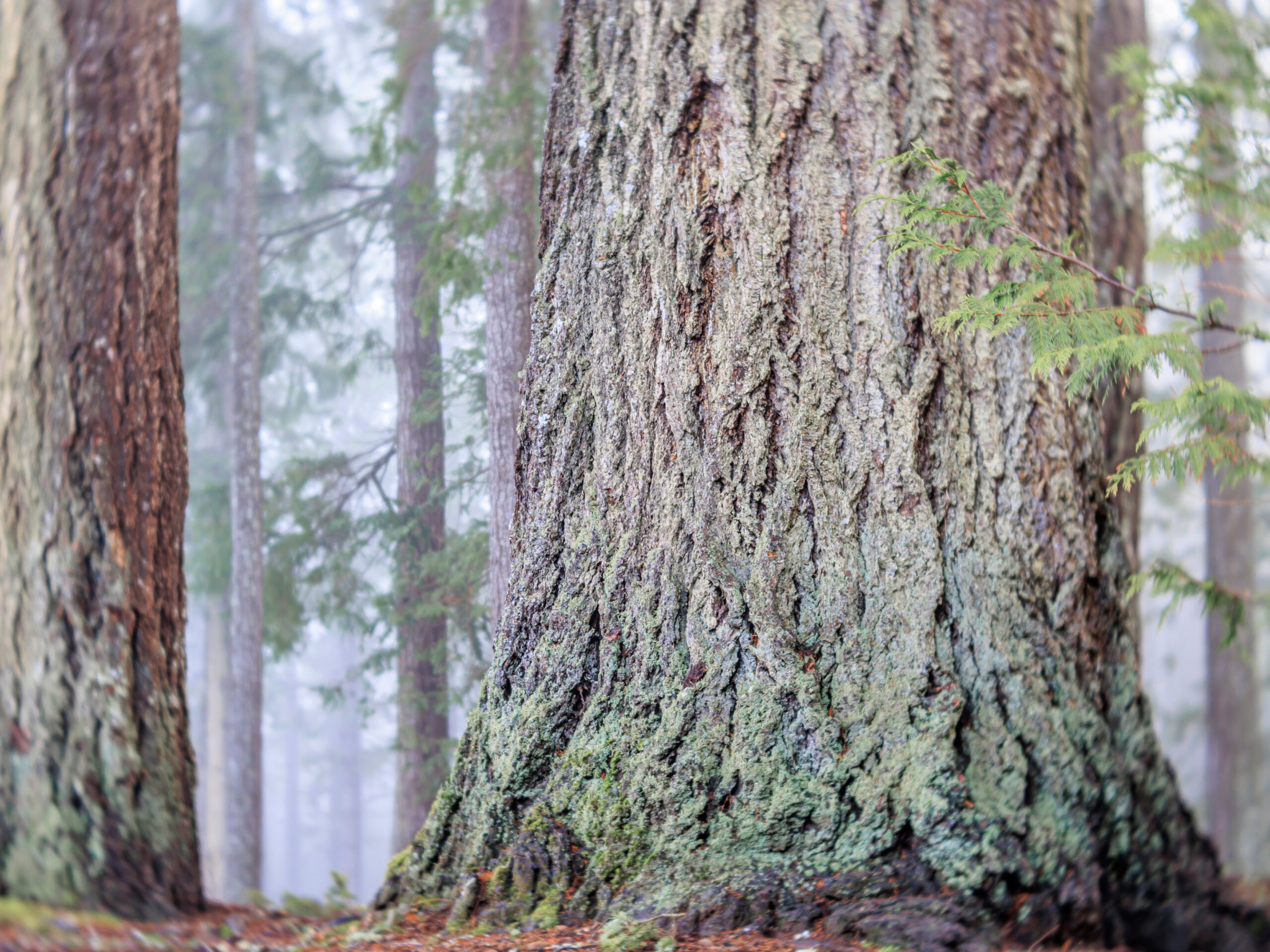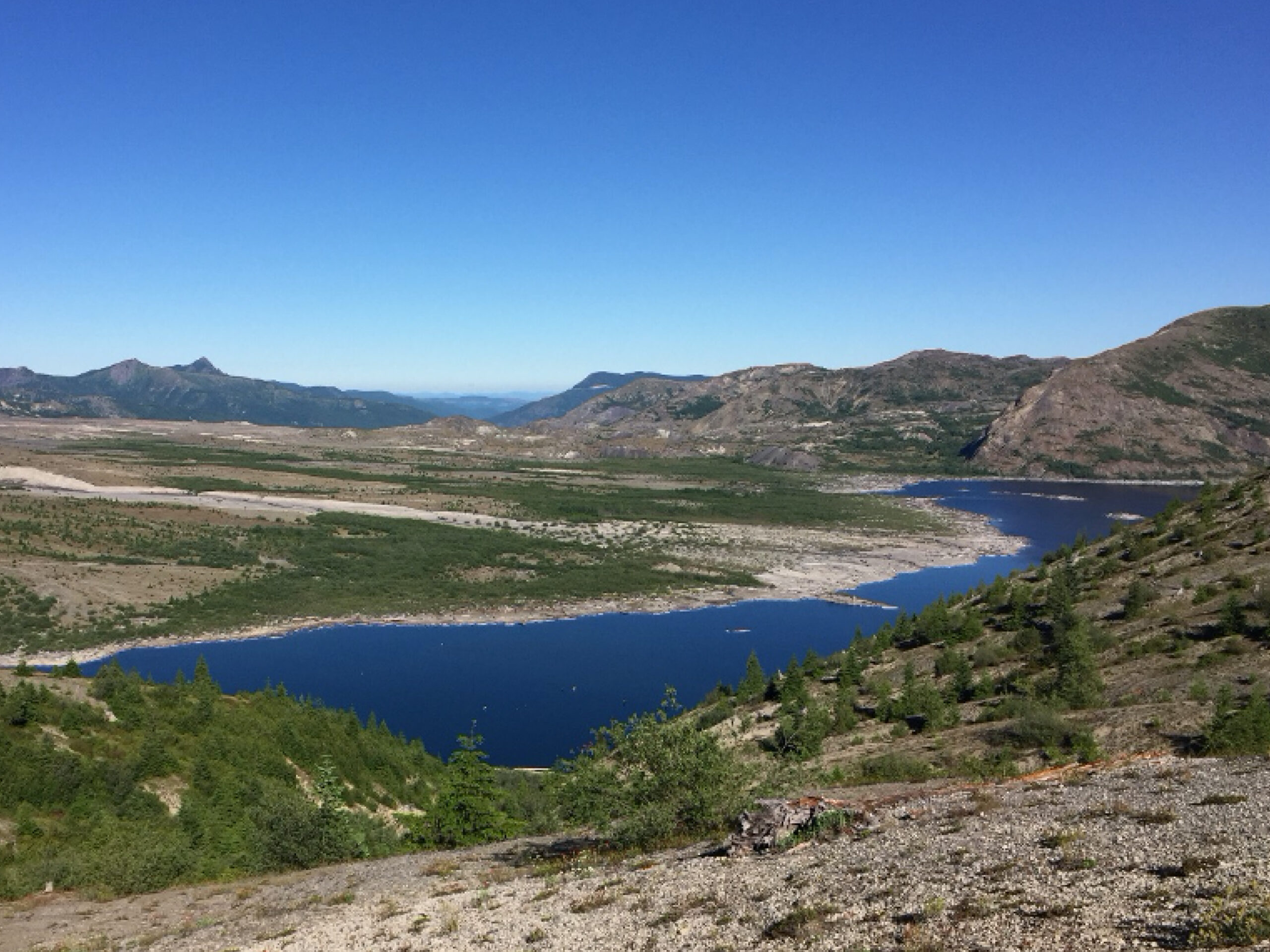[vc_row row_type=”row” use_row_as_full_screen_section=”no” type=”grid” angled_section=”no” text_align=”left” background_image_as_pattern=”without_pattern” css_animation=””][vc_column][vc_column_text]
By Darryl Lloyd
[/vc_column_text][vc_empty_space height=”35px”][/vc_column][/vc_row][vc_row row_type=”row” use_row_as_full_screen_section=”no” type=”full_width” angled_section=”no” text_align=”left” background_image_as_pattern=”without_pattern” css_animation=””][vc_column][vc_single_image image=”94″ img_size=”full” alignment=”center” qode_css_animation=””][/vc_column][/vc_row][vc_row row_type=”row” use_row_as_full_screen_section=”no” type=”grid” angled_section=”no” text_align=”left” background_image_as_pattern=”without_pattern” css_animation=””][vc_column][vc_empty_space height=”75px”][vc_column_text]
Lost Creek: An Ancient Forest in Gifford Pinchot National Forest
[/vc_column_text][vc_separator type=”normal” color=”#444444″ thickness=”3″][vc_empty_space height=”75px”][vc_column_text]THE LARGEST known trees in the Columbia Gorge area are found in a 170-acre ancient forest remnant in the Gifford Pinchot National Forest in an undisclosed location north of the Columbia River Gorge Scenic Area boundary. Here you’ll find western redcedars over 9 feet in diameter, Douglas firs up to 8.5 feet and old-growth western hemlocks on the hillsides. On the forest floor is a rich mix of botanical diversity and small streams—a functioning ancient forest ecosystem that relatively few people know about.
The Lost Creek stand is a very rare gem. It’s a magical, amazing and truly wild place. Much of the area has been selectively logged, probably back in the 1970s. Fortunately, the biggest trees were not logged, judging from the size of old stumps. A major wildfire had burned through the area, possibly in the early or mid-1800s. Most of the largest Douglas firs survived the fire, but burned hulks of giant cedars are a reminder of its high intensity.
My twin brother, Darvel, and I first explored the area this spring, but others have quietly known about it for decades. The late Russ Jolley visited the forest many times and kept it a secret, except to a select group of friends.
The area was threatened by a timber sale about 20 years ago. When Russ Jolley found out, he engaged environmental activist friends—including Susan Saul, Jay Letto and leaders of Friends of the Columbia River Gorge—to fight and appeal the sale. He showed the area to his select group and then swore everyone to secrecy about its location. Their appeal to the Forest Service was successful in stopping the sale. A few years later, the Northwest Forest Plan was adopted. However, as I’ll explain at the end, the old-growth of Lost Creek received no protection under the plan.
Russ Jolley dedicated his life to protecting places, especially in the Columbia Gorge. He died in 2011 at the age of 88. He was “one of the Northwest’s most respected wildflower experts and tenacious conservationists,” according to Katy Muldoon, who wrote a tribute in The Oregonian.
- The Russ Jolley Fir is a magnificent Douglas fir that was unofficially measured at 8 feet 7 inches in diameter. Photo courtesy of Darryl Lloyd.
I think it’s fitting to name the largest known tree in the ancient forest—and indeed, the Columbia Gorge area—as the “Russ Jolley Fir.” It’s a magnificent Douglas fir that we unofficially measured at 8 feet 7 inches in diameter (dbh). It has a healthy, complex crown and appears to exceed 250 feet in height. We plan to get a better measure of its height with a clinometer in a few weeks.
The Lost Creek forest deserves permanent protection for its “rare ecological integrity” (in the words of a friend). Unfortunately, the area is currently classified as “matrix” under the Northwest Forest Plan. Matrix lands are designated for timber harvest, with no limits on the size of trees that can be cut—a compromise and major limitation of the plan. According to small-scale maps drawn by the Forest Service in the 1990s, the area is just outside the boundary of the Wind River late-successional reserve, where old-growth forest ecosystems are protected.
As most GPTF members know, the Northwest Forest Plan is up for revision. Who knows what the future will hold for old-growth protection under a revised plan? Perhaps the Forest Service can be convinced to create a research natural area for Lost Creek, or to expand the late successional reserve boundary to include the area. I believe, however, that the only permanent protection would be designated wilderness within the National Wilderness Preservation System. In any case, I hope that we can all work together to treasure and preserve this magnificent place.[/vc_column_text][vc_empty_space height=”35px”][vc_row_inner row_type=”row” type=”grid” text_align=”left” css_animation=””][vc_column_inner][/vc_column_inner][/vc_row_inner][vc_empty_space height=”75px”][/vc_column][/vc_row][vc_row row_type=”row” use_row_as_full_screen_section=”yes” type=”grid” angled_section=”no” text_align=”left” background_image_as_pattern=”without_pattern” css_animation=”” css=”.vc_custom_1465592094531{background-color: #96d1ae !important;}”][vc_column][vc_row_inner row_type=”row” type=”grid” text_align=”left” css_animation=””][vc_column_inner][vc_empty_space height=”125px”][latest_post_two number_of_columns=”3″ order_by=”date” order=”ASC” display_featured_images=”yes” number_of_posts=”3″][vc_empty_space height=”75px”][/vc_column_inner][/vc_row_inner][/vc_column][/vc_row]



